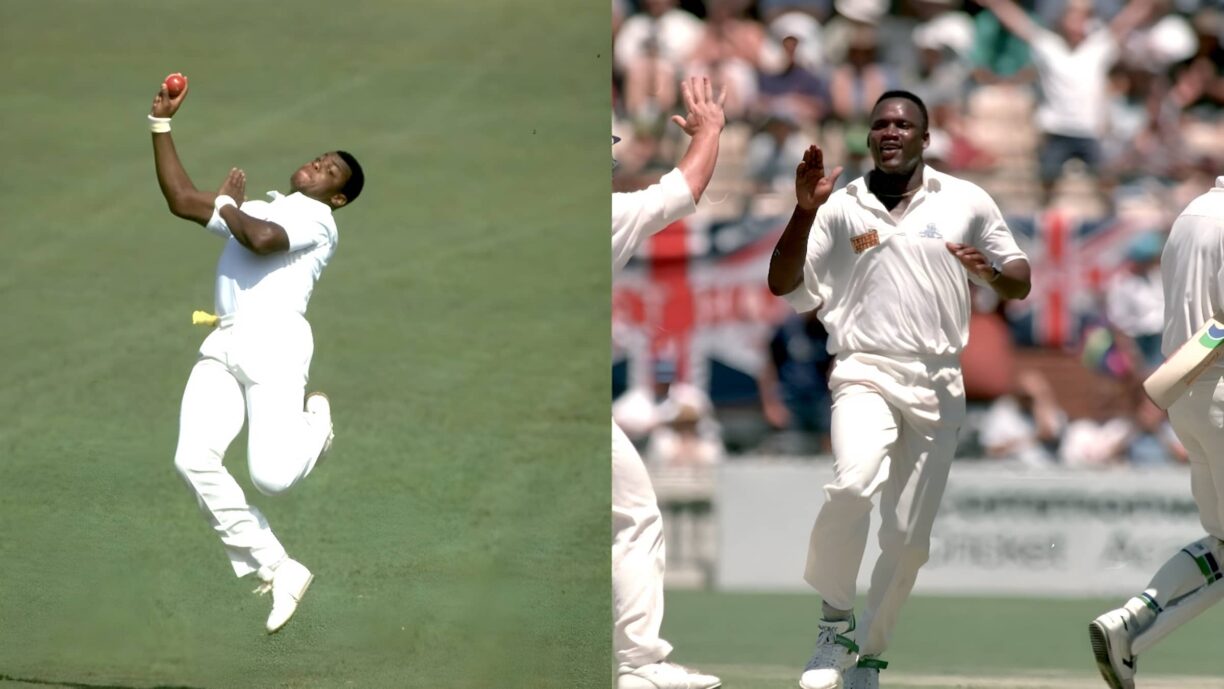This week, transgender cricket has faced legal challenges as the England and Wales Cricket Board (ECB) rewrites its long-standing policies in response to a significant Supreme Court ruling.
The governing body’s decision, announced Friday, rewrites the rules of transgender cricket by declaring that “with immediate effect, only those whose biological sex is female will be eligible to play in women’s cricket and girls’ cricket matches.”
The ECB Statement
The ECB is today announcing a change to its regulations regarding eligibility for transgender players in women’s and girls’ cricket. This is based on the updated legal position following the recent Supreme Court ruling.
With immediate effect, only those whose biological sex is female will be eligible to play in women’s cricket and girls’ cricket matches. Transgender women and girls can continue playing in open and mixed cricket.
Our regulations for recreational cricket have always aimed at ensuring that cricket remains as inclusive a sport as possible. These included measures to manage disparities, irrespective of someone’s gender, and safeguard the enjoyment of all players. However, given the new advice received about the impact of the Supreme Court ruling, we believe the changes announced today are necessary.
We acknowledge that this decision will have a significant impact on transgender women and girls. We will work with Recreational Cricket Boards to support people impacted by this change in our regulations.
We await updated guidance from the Equality and Human Rights Commission (EHRC) and will study this carefully.
We maintain that abuse or discrimination has no place in our sport and are committed to ensuring that cricket is played in a spirit of respect and inclusivity.
Why the sudden change?
Last month the UK’s highest court defined “woman,” for the purposes of single-sex spaces, as someone assigned female at birth.
That ruling didn’t so much open the stable door as blow it off the hinges, forcing sports administrators to gallop after a new legal reality.
The ECB, sensing a no-ball hurtling its way, acted before the umpire’s finger went up.
“Our regulations for recreational cricket have always aimed at ensuring that cricket remains as inclusive a sport as possible… However, given the new advice received about the impact of the Supreme Court ruling, we believe the changes announced today are necessary.”
What the policy means on the field
Women’s & girls’ leagues: Reserved exclusively for players whose biological sex is female.
Open & mixed cricket: Remain available to everyone, including transgender women and girls.
The ECB insists the move balances “safeguard[ing] the enjoyment of all players” with the new legal landscape. But beneath the dry legalese lurks a seismic shake-up for local clubs, county pathways and England’s development squads.
Human cost or level playing field?
“We acknowledge that this decision will have a significant impact on transgender women and girls. We will work with Recreational Cricket Boards to support people impacted by this change…
Abuse or discrimination has no place in our sport and [we are] committed to ensuring that cricket is played in a spirit of respect and inclusivity.”
That plea for civility may be tested. Some campaigners hail the ruling as overdue fairness; others call it exclusion in whites.
The ECB is waiting for fresh guidance from the Equality and Human Rights Commission and, in the meantime, must navigate a clubhouse suddenly split between celebration and dismay.
Wider ripple effect
Football made a similar call only 24 hours earlier, and swimming, cycling and athletics have all tightened eligibility in recent years.
The UK’s sporting map now looks like a patchwork quilt, stitched hastily around one Supreme Court decision. Whether consistency—or more courtrooms—lie ahead is anyone’s guess.
What’s next for transgender cricket?
Legal challenges: Advocacy groups are already consulting lawyers.
Grassroots questions: How will junior clubs police biological sex?
International fallout: Will other boards follow, and how will the ICC react?
For now, the ECB has drawn its line. Whether that line becomes a boundary or a tripwire will depend on how the cricketing community—players, parents, fans—responds in the long off-season before the next ball is bowled.





